Vitra
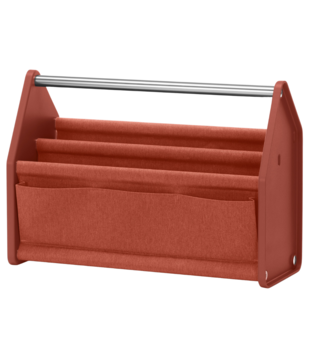
For your iPad, sketchbooks, cables, headphones and pens, anything portable stays neatly organized all day long thanks to plenty of storage compartments.

For your iPad, sketchbooks, cables, headphones and pens, anything portable stays neatly organized all day long thanks to plenty of storage compartments.
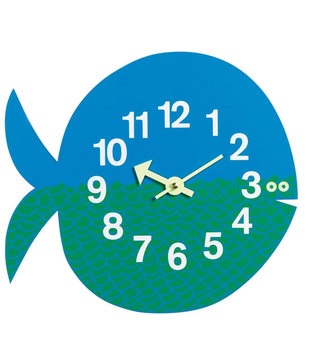
The Zoo Timer wall clocks series from 1965 are part of the collection that George Nelson designed in the mid-20th century for the American clock manufacturer Howard Miller.
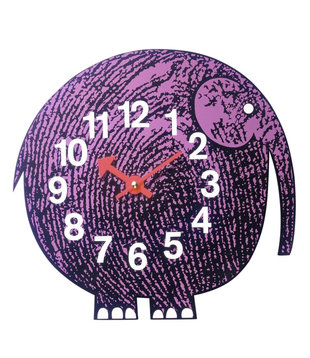
The Zoo Timer wall clocks series from 1965 are part of the collection that George Nelson designed in the mid-20th century for the American clock manufacturer Howard Miller.
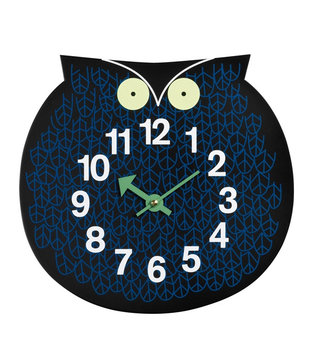
The Zoo Timer wall clocks series from 1965 are part of the collection that George Nelson designed in the mid-20th century for the American clock manufacturer Howard Miller.

The Vitra Grand relax resembles the classic armchair, but the concept has been developed in such a way that this chair is the next level!
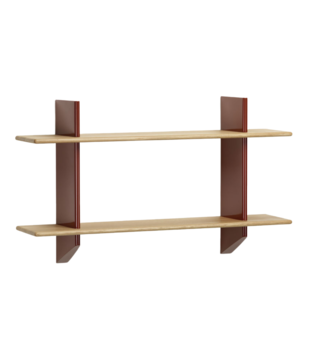
The unique Rayonnage Mural wall rack from 1936 by French designer Jean Prouve consists of solid oak planks and curved sheet steel wall brackets.
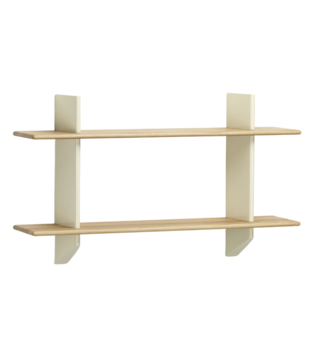
The unique Rayonnage Mural wall rack from 1936 by French designer Jean Prouve consists of solid oak planks and curved sheet steel wall brackets.
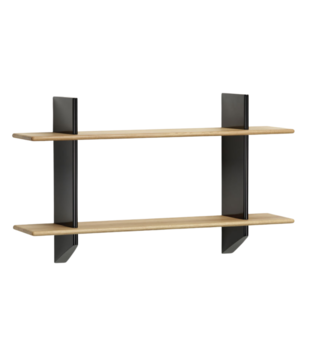
The unique Rayonnage Mural wall rack from 1936 by French designer Jean Prouve consists of solid oak planks and curved sheet steel wall brackets.

The unique Rayonnage Mural wall rack from 1936 by French designer Jean Prouve consists of solid oak planks and curved sheet steel wall brackets.
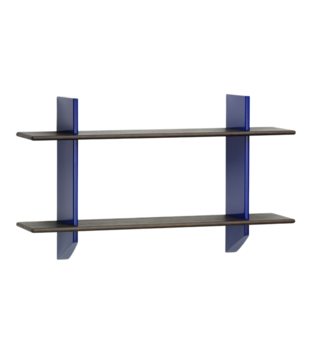
The unique Rayonnage Mural wall rack from 1936 by French designer Jean Prouve consists of solid oak planks and curved sheet steel wall brackets.

The unique Rayonnage Mural wall rack from 1936 by French designer Jean Prouve consists of solid oak planks and curved sheet steel wall brackets.

The unique Rayonnage Mural wall rack from 1936 by French designer Jean Prouve consists of solid oak planks and curved sheet steel wall brackets.

The unique Rayonnage Mural wall rack from 1936 by French designer Jean Prouve consists of solid oak planks and curved sheet steel wall brackets.

The Joyn desk pad by Vitra is a design by Ronan & Erwan Bouroullec as an addition to the Kaari collection.
Vitra
A family business for eighty years, Vitra believes in lasting relationships with customers, employees and designers, durable products, sustainable growth and the power of good design.
The Swiss Vitra has been producing beautiful and iconic chairs, tables, lamps and home accessories for private homes as well as offices and public spaces since the 1950s. The strength of the brand lies in the products designed by the world's most renowned designers such as Charles and Ray Eames, Verner Panton, Jean Prouvé, Hella Jongerius, the Bouroullec brothers and many others. Together with them, they make high-quality design furniture with an eye for sustainability and innovation. Vitra already has many design classics to its name, such as the very popular Eames Loungechair and the Eames Plastic Chairs. The collaboration between Vitra and Ray and Charles Eames in the 1940s/50s was therefore a golden opportunity.
The Vitra Chairs:
Vitra is well known for its chair collection. For example, there is the Panton Chair, DSW, DAR, DAW and the DSR series, all very specific and iconic by now.
The Vitra tables:
There are dining side tables and coffee tables, most designed by Charles & Ray Eames. But the tables of the other designers are also very well known, such as the coffee table by the designer Isamu Noguchi. this table has a sculptural organic shape and a ditto glass table top.
Vitra Lamps:
Then you immediately think of the Akari collection, which consists of no less than 55 versions, this series was designed by Isamu Noguchi. The series consists of floor lamps, pendant lamps and table lamps. All these lamps are still made by hand from shoji paper and therefore beautifully traditionally filtered, creating a warm glow and a pleasant atmosphere.
Vitra Clocks
All Vitra clocks are designed by George Nelson, a well-known designer from the United States. Today, the studio of designer George Nelson is considered one of the founders of American modernism and one of the most influential American furniture designers of the 1950s. Nelson was active as a designer, graphic artist, architect, exhibition organizer, design manager and design promoter. A design critic and theorist, he is also the author of a number of books 'Tomorrow's House' (1947), 'Problems of Design' (1957), 'How to see' (1977), 'On Design' (1979), and a special rich journalistic body of work that has influenced the international approach to design and architecture for decades.












